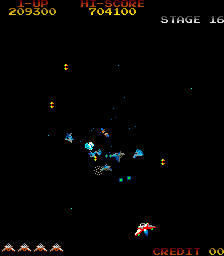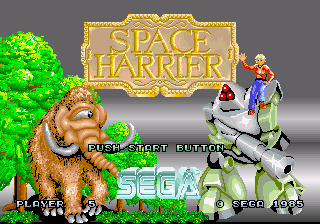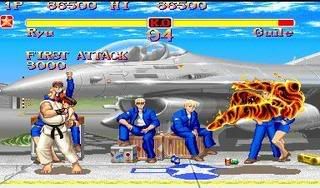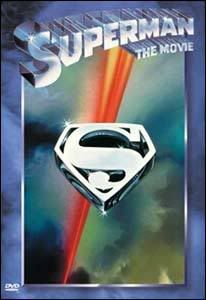There are many styles of music, but there is one, which is underrated and the least known. From Folk music, Classical to Electronica we have gone a long way in musical development. Although Electronica spawned many distinct styles since the 1960’s, a new kind of electronic music was emerging in the 80’s. As we look into the early 1980’s into the history and differences in 1993, this was the music found in video game arcade cabinets.

In 1983 a very addicting game came out for the arcades. This was called
Gyruss, developed by Konami. The music was pretty interesting. It remade the parts of J.S. Bach’s
Toccata and Fugue in D Minor with a hyped tempo and hard rock percussion. The percussions were, of course, not very sophisticated. The drums were of the same synthetic sounds as the main instruments that play throughout. We must note that the instruments are in fact the same elemental sounds but were harmonized by a main and a bass. Before 1983, scores for video games were rare and much of the length of the music was no more than 20 seconds, such as Activision’s famed
Pitfall! in 1982; whereas
Gyruss had a full length of 3 minutes broken up into three parts. I believe this is the earliest attempt of creating a full score for a videogame seriously. It was also the first arcade game to feature stereo sound.
Sega was becoming a leader in the arcade business during the mid-80’s. In

technology they were advanced for its time. Sega’s 1985
Space Harrier is the best example of the high point of this period in technology and helped videogame music live long and prosper. There have been games that have used this technology, however it was not well developed. Atari’s
Star Wars in 1983 is famous for inviting the player with Obi-Wan’s voice, “The Force will be with you. Always.” in a raspy, telephone-like voice, when you insert your coin. The breakthrough in sound when Sega developed
Space Harrier was the capacity to play pre-recorded sounds, but in a much better quality. In the beginning of this game you hear a greeting voice, “Welcome to Fantasy Zone! Get Ready!” The implication of this feature to play pre-recorded audio was the key for realistic percussion sounds. After this was published a legacy of great games became involved within the circle of using pre-recorded sounds in their product. Taito’s
Darius, Irem’s
R-Type, Sega’s
Outrun and
Afterburner, and specifically Capcom’s
Chase HQ, which used pre-recorded sounds extensively with many voices and sound effects, are such early examples from 1986 to 1988.
Space Harrier set the standard recordings used for percussions and with a better, smooth quality of speech.

As the technology of making arcade music was being assimilated in becoming more realistic, instruments are now becoming more diverse. From 1989 to 1993, not all sounds were realistic however. Percussion audio has improved overtime and some of the main melodies for some tracks are being produced using pre-recorded audio. In 1993, Capcom’s
Super Street Fighter 2 presented the first crystal clear sound system for the arcades called Qsound, developed by Qsound Labs. Qsound was a technology that enhanced the audio, giving it 3D effects with a crisp CD quality. Most notable in this game is a specific stage in Brazil. The song had a very folk approach of Brazilian style with a modern twist. For the percussion and melody it was completely pre-recorded along with synthesized strings and guitar sounds. Throughout the game, players travel to many other countries as they move on to the next level. Because of this, you can hear many different styles having the kind of tone when one would listen to a specific culture. It was a great enhancement from previous titles in quality and it is here that we see that styles in videogames are becoming much more sophisticated.
The following of video game music history are shown. We have observed that in 1982, in contrast with 1993, are obviously the technological advances. Pre-recorded audio is used extensively for a variety of situations such as voice, percussion, and even melody. The future of this technology is that video games will be utterly revolutionized and break off into many branches of style with complete pre-recordings. Scores will now have no less than 30 minutes of soundtrack. And the sophistication of synthetic sounds will be used often. Furthermore, there is an authenticity in newer games since 1993. In old games the plot or content of the game corresponds to the music. On the other hand, newer games since 1993 have an identity since music styles are becoming ever more varied. The beauty of video game music is not only its technological advancement, but of its limitations as well. When one hears the music from a certain era and when knowing that it was given limitations, there is always a possibility to produce an aesthetically new sound, gaining admiration for its effort.
You can listen to the highlight songs.
Gyruss
Space Harrier- Main
Super Street Fighter 2- Blanka's Stage in Brazil





